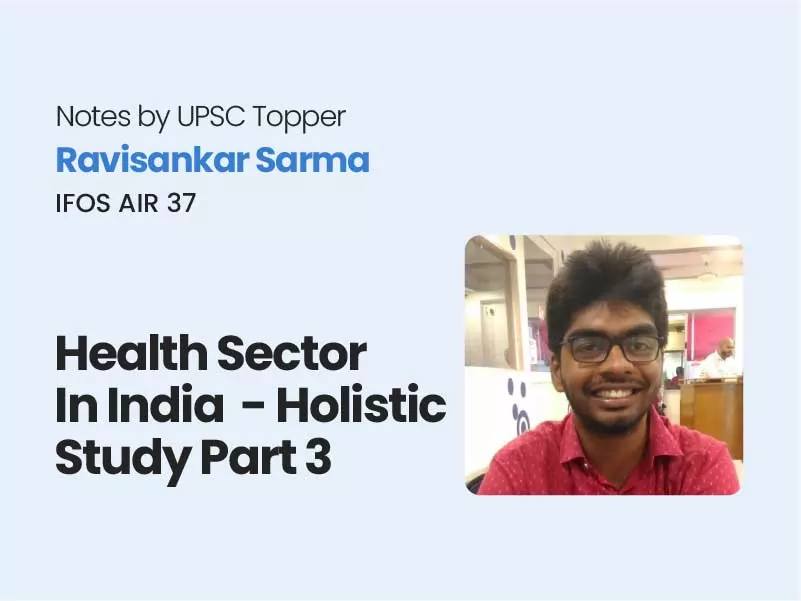Companion@360 → 7 Month programme to sharpen your writing skills → REGISTER NOW

Projects under NHM
Kayakalp
Award scheme that recognizes excellence in the cleanliness of public health facilities
Objectives
- Inculcate a culture of cleanliness in public health facilities in a structural manner with bio-waste disposals and protocol creation and concurrence
- Promote cleanliness, hygiene and infection control practices in healthcare facilities
- Create and share sustainable practices related to improved cleanliness in public health care facilities
- Build confidence of users in public health facilities
- Introduce a culture of peer review and assessment of performance related to hygiene, cleanliness and sanitation
Indradhanush (Will be covered under Immunization)
Preventive Health Care
Poverty
World Bank defines poverty as a social phenomenon in which a particular section of the society is unable to fulfil their basic needs
Measuring Poverty- Absolute and Relative scales – Tendulkar and Rangarajan
Absolute Poverty: The deprivation of an individual or household with respect to objective levels of living standard is referred to as absolute poverty.
Eg: India has 26.9 crores as of 2011-12 below its poverty line
India has been successful in reducing its absolute poverty. The number of poor has come down from 40crore in 2004 to 26 crore in 2011. Such a rapid reduction in poverty levels are a result of key government interventions in education, skill development, land reforms and affirmative action.
Relative Poverty: The deprivation of an individual or household relative to another is referred to as relative poverty. The measure of income inequality is significant in relative poverty and is mainly used in rich countries.
Eg: the U.K uses a median income level to measure how many individuals are earning less than the average workforce
With growing income inequality and inter-state disparities, relative poverty in India remains stark. While the Southern states show a higher level of human development, the northern states in the EAG belt suffer from acute poverty. A recent Oxfam report shows how 1% in India capture 73% of the wealth. The increasing role of the state as a facilitator of the market has increased such disparities. The role of the market in providing social services of education, health and skill development has continued to class polarise Indian society.
Tendulkar Committee Recommendations
- Shift from Calorie based Estimation: Tendulkar committee advocated to replace calorie based estimations of Alagh and Lakdhawala committees. Thus, it widened the scope of poverty from merely food security
- Uniform Poverty Line Basket: The committee advocated to fix a uniform poverty line basket for rural and urban India based on Purchasing Power Parity model. This basket was made up of food, fuel, footwear, education, medical, sanitation and several other services and durables
- Price Adjustment: Spatial and temporal variations in prices were to be accounted for in estimating poverty
- Social Determinants: Tendulkar incorporated dimensions of health and education expenses into poverty
Criticism
Too low a poverty line: At 33 Rs a day, many would argue that the Tendulkar poverty line is set too low. Even an individual with 34 Rs as his or her remuneration would struggle to eke out a living
Outcome
According to the Tendulkar Poverty line, 37% of India is classified as poor (Rural: 41% and Urban: 25%). The think tank NITI Aayog has backed the Tendulkar line as a reference point for tracking progress in combating poverty. The poverty estimate would not be used in assessing beneficiaries.
